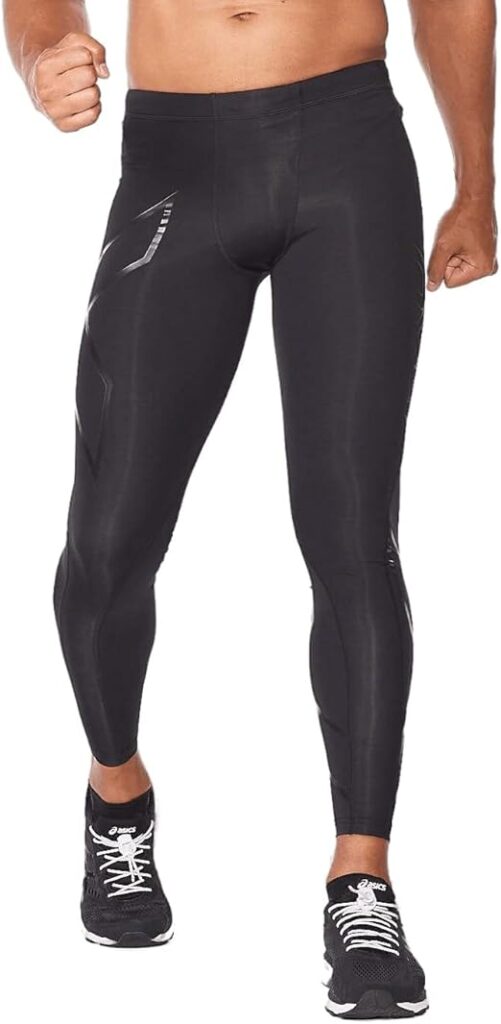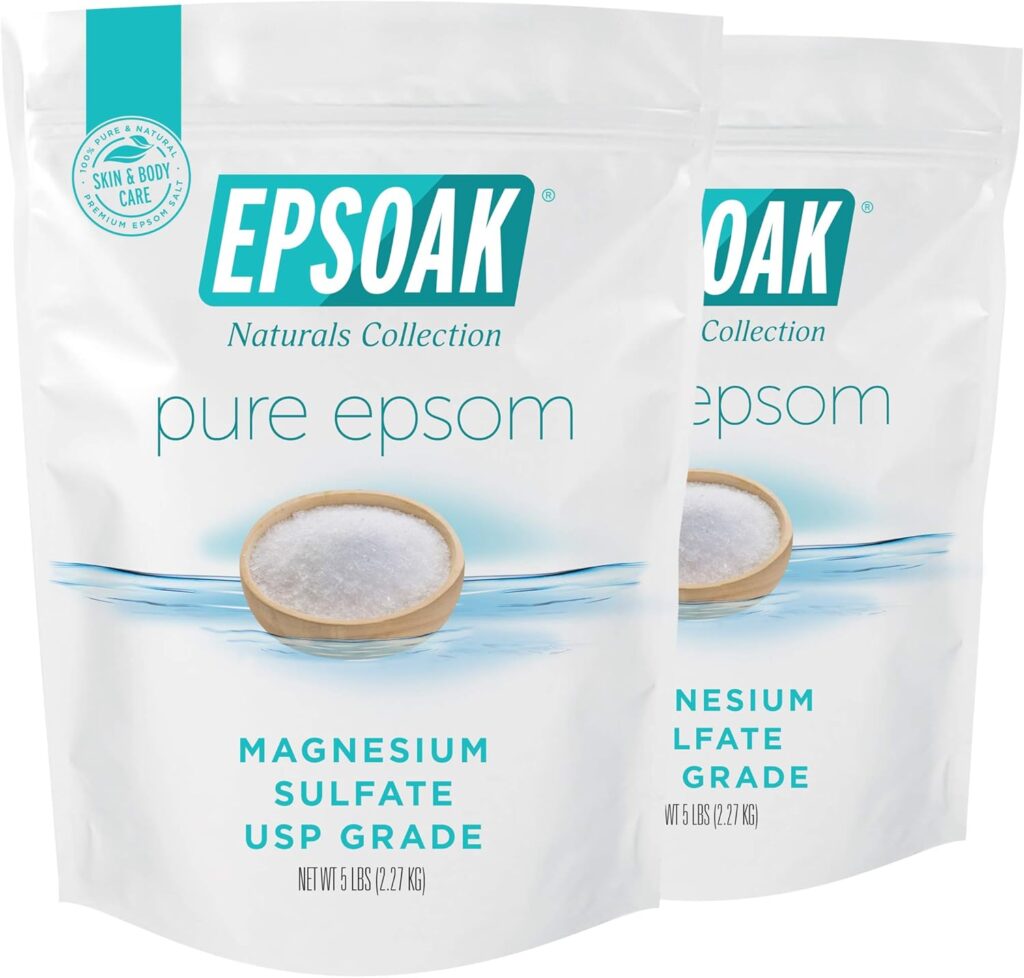The Role of Ice Baths in Post-Workout Recovery
If you’re someone who pushes your limits during workouts, you’ve likely experienced the soreness and fatigue that follow a challenging session. Whether you’re a professional athlete or a fitness enthusiast, recovery is as important as the workout itself.
One recovery method that has gained immense popularity is the ice bath. Understanding the role of ice baths in post-workout recovery can help you decide if this approach is right for you and how to maximize its benefits.
What Is an Ice Bath?
An ice bath, also known as cold water immersion (CWI), involves submerging your body (or specific areas) in cold water for a short duration. The water temperature typically ranges from 50°F to 59°F (10°C to 15°C), though some athletes use even colder setups. This method has been widely adopted across various sports for its potential to reduce soreness and enhance recovery.
The Science Behind Ice Baths
When you exercise intensely, your muscles undergo stress that leads to microtears. While these microtears are essential for muscle growth and strengthening, they also cause inflammation and soreness, known as delayed onset muscle soreness (DOMS).
The cold water in ice baths constricts blood vessels, which can help reduce swelling and inflammation. When you exit the cold water, your blood vessels dilate, promoting blood flow and flushing out metabolic waste products like lactic acid.
This alternating vasoconstriction and vasodilation effect may also improve circulation, delivering fresh oxygen and nutrients to fatigued muscles.
Benefits of Ice Baths for Recovery
- Reduces Muscle Soreness The primary reason athletes turn to ice baths is to reduce DOMS. By limiting inflammation, you may feel less sore and recover faster, allowing you to return to training sooner.
- Improves Circulation Enhanced blood flow helps with the delivery of nutrients to repair damaged tissues and remove waste products. This is particularly beneficial if you’re training back-to-back or preparing for an important event.
- Decreases Inflammation Ice baths help to calm the body’s inflammatory response, which can reduce pain and improve mobility.
- Mental Toughness Submerging yourself in freezing water isn’t just physically challenging—it’s mentally demanding. Regular ice baths can help improve your ability to tolerate discomfort, which may translate to increased resilience in other areas of life.
How to Take an Ice Bath
If you’re ready to try an ice bath, here’s how to do it effectively:
Prepare Your Equipment
- Use a large tub or dedicated ice bath equipment. The Rubbermaid Commercial Stock Tank, available on Amazon, is a popular choice for its size and durability.
- You’ll need plenty of ice. A standard ice bath requires about 10 to 20 pounds of ice to achieve the ideal temperature range.
Fill the Tub
- Fill your tub with cold water first, then add ice gradually to reach your desired temperature.
Set a Timer
- For beginners, aim for 5 to 10 minutes. As you get accustomed, you can increase the duration to 15 minutes. However, avoid staying in the ice bath for too long as it can lead to hypothermia or frostbite.
Submerge
- Lower yourself slowly into the tub. You may start with just your legs or target specific muscles. For full-body immersion, make sure your chest is submerged while keeping your head above water.
Monitor Your Body
- Pay attention to how you feel. Tingling or slight numbness is normal, but if you feel intense pain or dizziness, exit the bath immediately.
When to Use Ice Baths
Timing is critical when using ice baths. Here are a few scenarios where they can be particularly helpful:
After Intense Workouts: Use an ice bath after heavy lifting, high-intensity interval training (HIIT), or endurance events to minimize soreness.
In Between Competitions: If you’re participating in multi-day events or back-to-back games, an ice bath can accelerate recovery.
Post-Injury Management: Ice baths can complement other recovery methods like physiotherapy to manage swelling and pain.
Complementary Products to Enhance Your Ice Bath Experience
Digital Thermometer Monitoring the water temperature ensures you stay within the recommended range. The Kizen Digital Meat Thermometer on Amazon is highly rated for its accuracy and ease of use.
Compression Garments Wearing compression garments after an ice bath may amplify recovery benefits. The 2XU Compression Tights are a favorite among athletes for their comfort and support.
Post-Bath Warming Blanket After an ice bath, it’s crucial to warm up gradually. The Bedsure Fleece Blanket, available on Amazon, provides excellent warmth and comfort.
Epsom Salt On days when you skip the ice bath, consider an Epsom salt bath to relax muscles. The Epsoak Epsom Salt is a high-quality product with excellent reviews.
Tips for Success
- Consistency Matters: The benefits of ice baths are cumulative. Incorporate them into your recovery routine consistently for optimal results.
- Hydrate: Cold exposure can dehydrate you, so drink water before and after your session.
- Combine with Other Recovery Methods: Ice baths work best when paired with other recovery strategies, such as foam rolling, stretching, and proper nutrition.
- Listen to Your Body: Not everyone responds to ice baths in the same way. Monitor your recovery and adjust your routine as needed.
Common Myths About Ice Baths
Ice Baths Are Only for Athletes Ice baths are not exclusive to professional athletes. Anyone engaging in intense physical activity can benefit from them.
Colder Is Always Better Extremely cold water doesn’t necessarily yield better results. Sticking to the recommended temperature range is safer and equally effective.
Ice Baths Cure All Soreness While ice baths are effective for reducing inflammation, they aren’t a magic solution. Combining them with rest, hydration, and nutrition is essential for complete recovery.
Alternatives to Ice Baths
If ice baths feel too extreme or impractical, consider these alternatives:
- Cold Showers: While not as intense, cold showers can provide similar benefits for reducing soreness.
- Cryotherapy: Cryotherapy chambers expose your body to extremely low temperatures for a short duration. This option may be more comfortable but is significantly more expensive.
- Cold Packs: If you want to target specific areas, use cold packs like the TheraPAQ Reusable Gel Pack, which is highly rated on Amazon.
Who Should Avoid Ice Baths?
While ice baths are generally safe, they may not be suitable for everyone. Consult your healthcare provider if you have:
- Cardiovascular conditions
- Raynaud’s disease or sensitivity to cold
- Open wounds or skin infections
The Psychological Edge
Beyond the physical benefits, ice baths can provide a mental edge. The shock of cold water trains you to stay calm under stress, a skill that translates into both athletic performance and daily life challenges. Additionally, the sense of accomplishment after enduring an ice bath can boost your confidence.
Conclusion
Ice baths have proven to be a valuable tool for post-workout recovery. They reduce muscle soreness, improve circulation, and enhance overall recovery, allowing you to perform at your best. With proper preparation, the right equipment, and consistent use, ice baths can become an integral part of your fitness routine.
Explore products like durable tubs, thermometers, and compression garments to optimize your experience. Always listen to your body and adapt your recovery strategy as needed. Whether you’re an athlete or a fitness enthusiast, the benefits of ice baths could be the game-changer in your journey toward peak performance.




